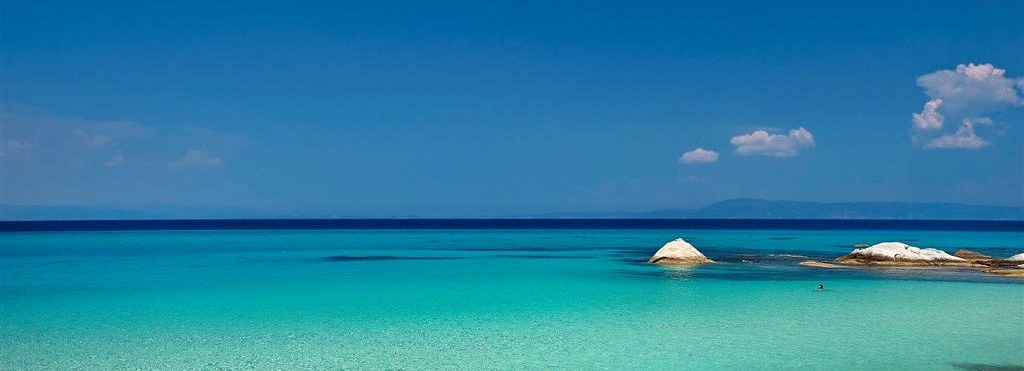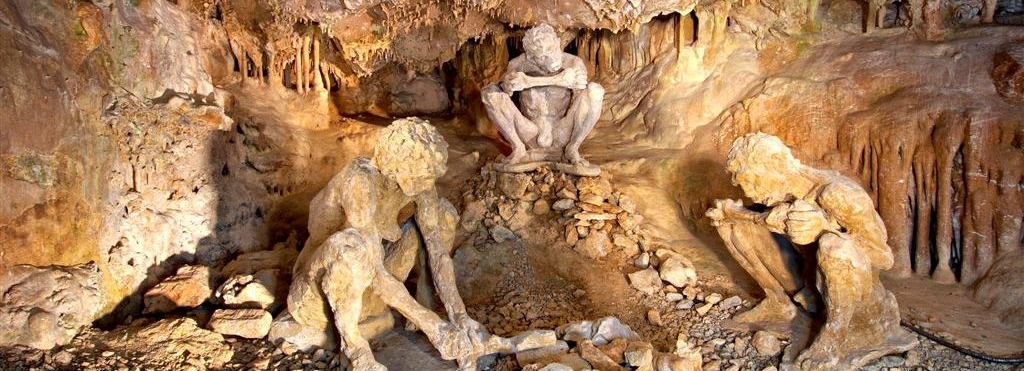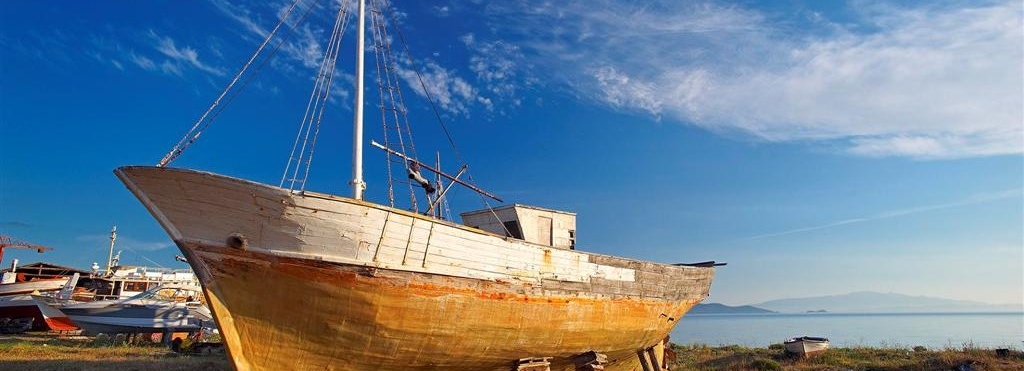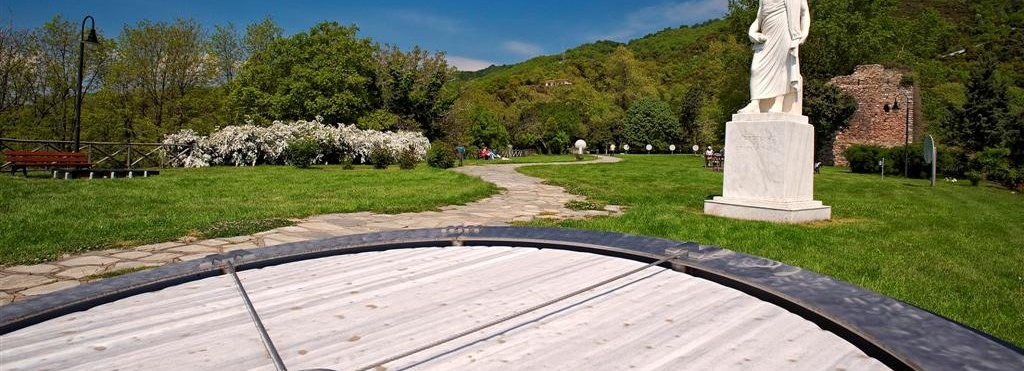FIRST MONASTERY
Megiste (Great) Lavra, the first and grandest of the monasteries on Mt. Athos, it has its roots in the beginnings of communal monasticism on the peninsula of Athos. Its founder was Athanasius the Athonite, who will reach the land as a monk from the monastery of Kymina on Mt. Olympus in Bithynia in Asia Minor. With the material help from his friend, Byzantine Emperor, Nikephoros Phokas, Athanasius laid the foundations of the monastery of Lavra in 963AD on the southeastern side of the land of Athos. The monastery soon grew and with the help of Phokas and his successor John I Tzimiskes it will develop and acquire many important dependencies and oblations. Soon its monks will exceed the original number of 80 for whom Great Athanasius had originally built the monastery. In the 11th century the Monastery was home to more than 700 monks with corresponding buildings and being the Athonian model of cenobitic monastic life. The history of the monastery will follow the fate befalling all of Mt. Athos. After a period of flourishing, which will last until the 14th century, it will face pirate raids and poor finances, due to excessive Ottoman taxation. Faced with this hard reality, the monastery will adopt a peculiar form of organization and will witness the dawn of the 17th century with very few monks, but still retaining its original glory. A place for the monastic seclusion of Patriarchs and Hierarchs, the Monastery of Megiste Lavra keeps in its vestry and library most notable heirlooms and treasures. The Catholicon (the monastery’s main church) is dedicated to St. Athanasius and stands as one of the most characteristic samples of Byzantine church architecture. The frescoes in the Catholicon were made by renowned painter Theofanis, of the Great Cretan School, and date from 1535, while they are amongst the greatest hagiography samples in Mt. Athos. Today Lavra is the first monastery in the hierarchical order and subject to it are the Sketae of St. Ann, Kavsokalyvia and John the Baptist, as well as the cell of Mylopotamos and also the retreats of Mikra Agia Anna, Karoulia and Katounakia. Its heirlooms include the iron rod and cross of St. Athanasius, the bag and crown of Emperor Nikephoros Phokas, a piece of the True Cross, illustrated manuscripts and many holy vessels.







